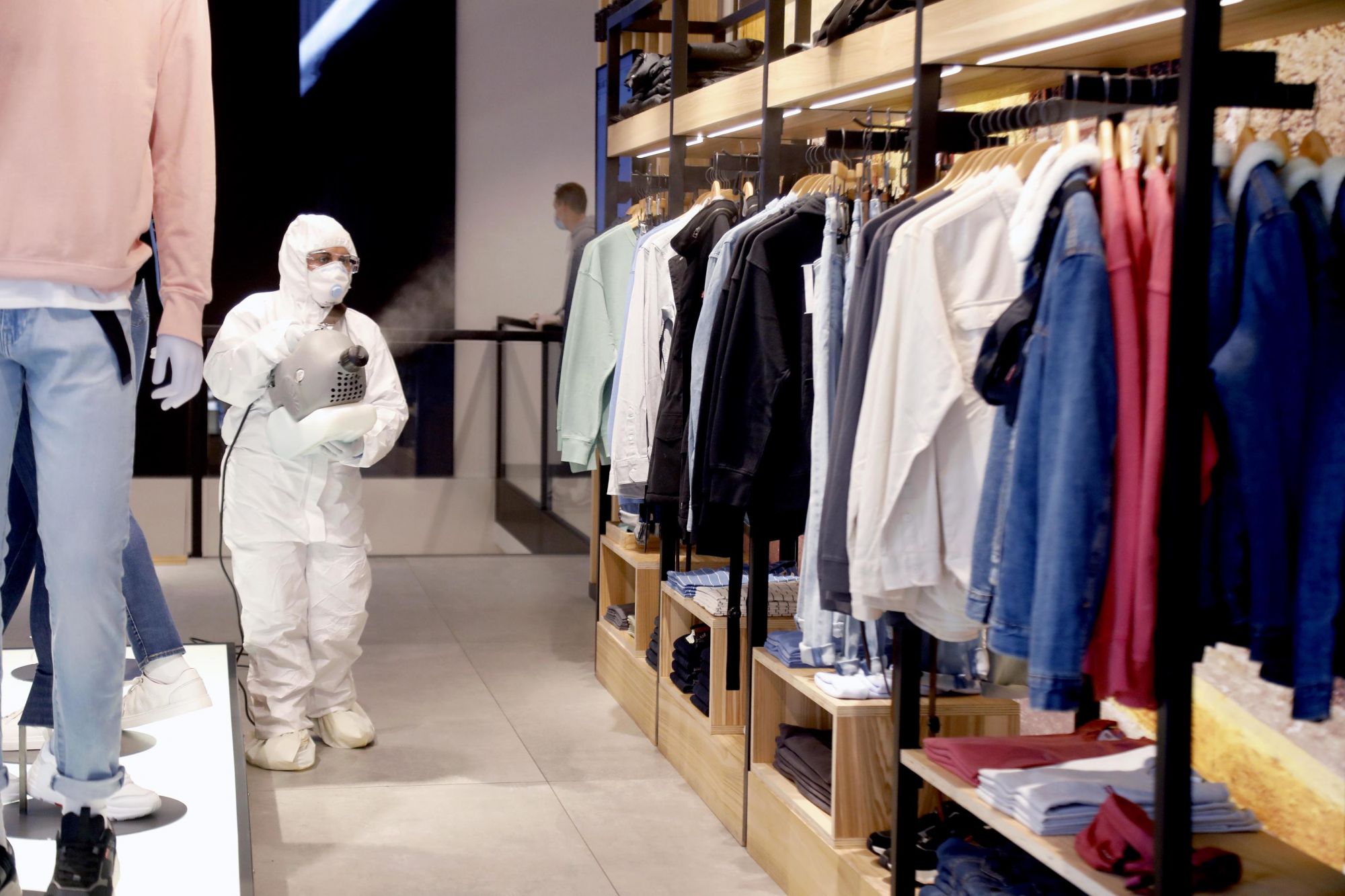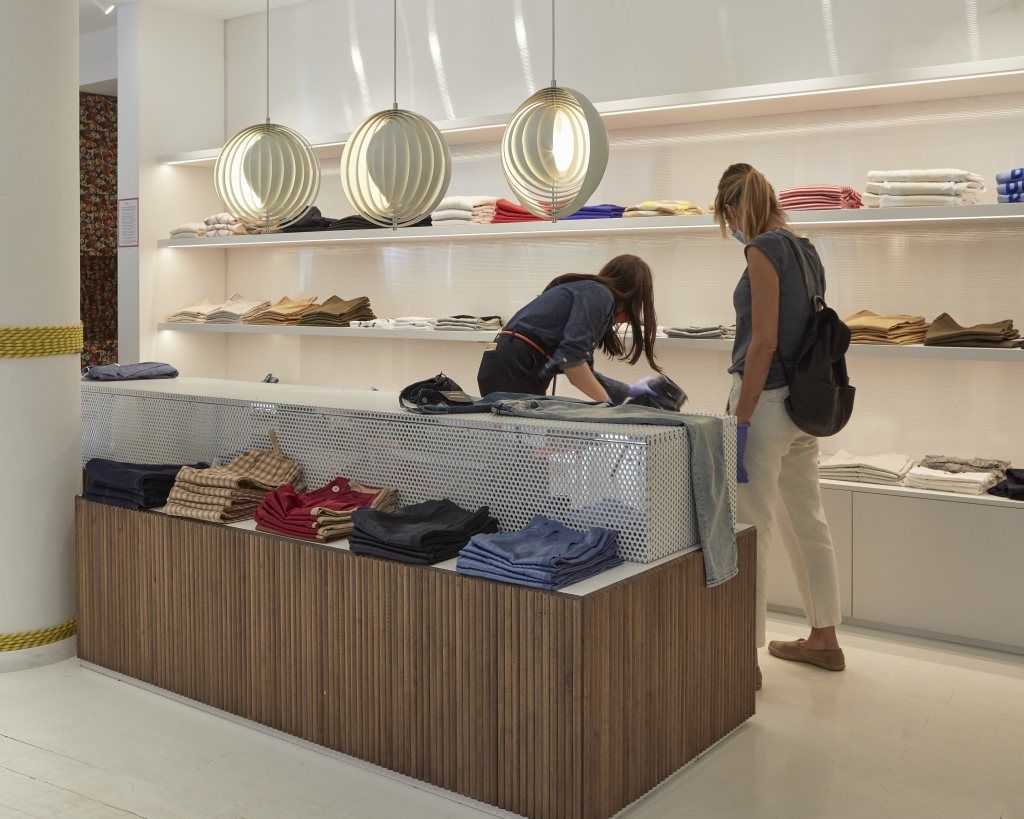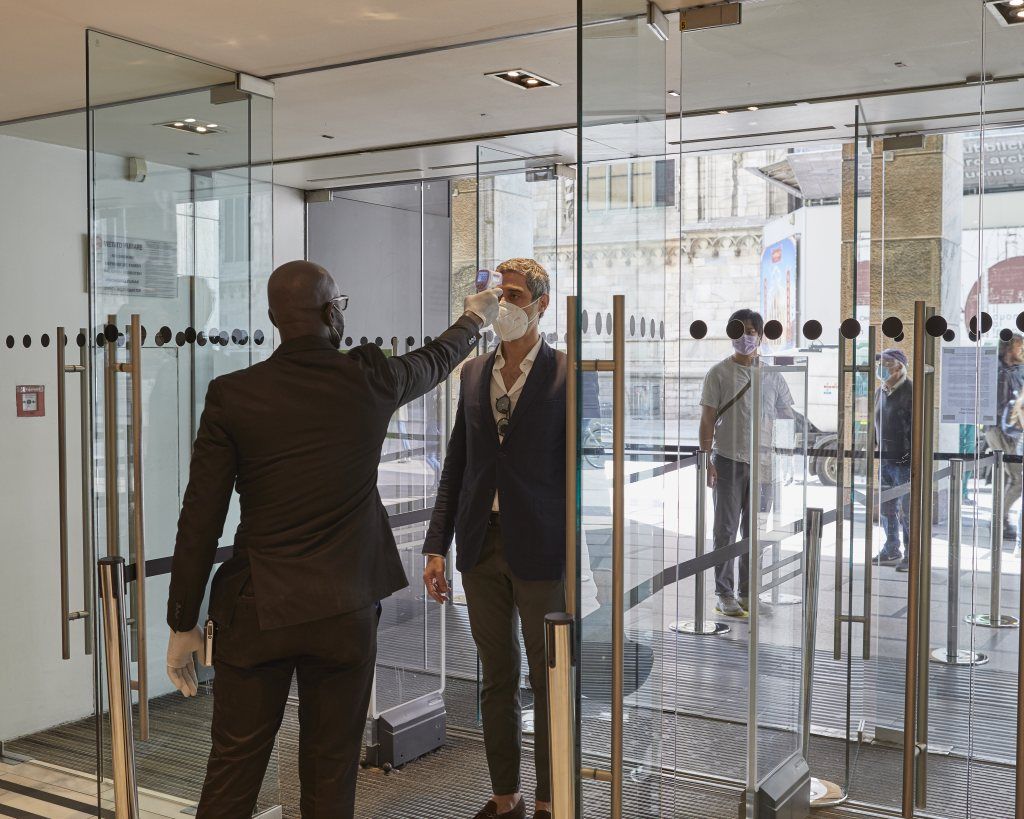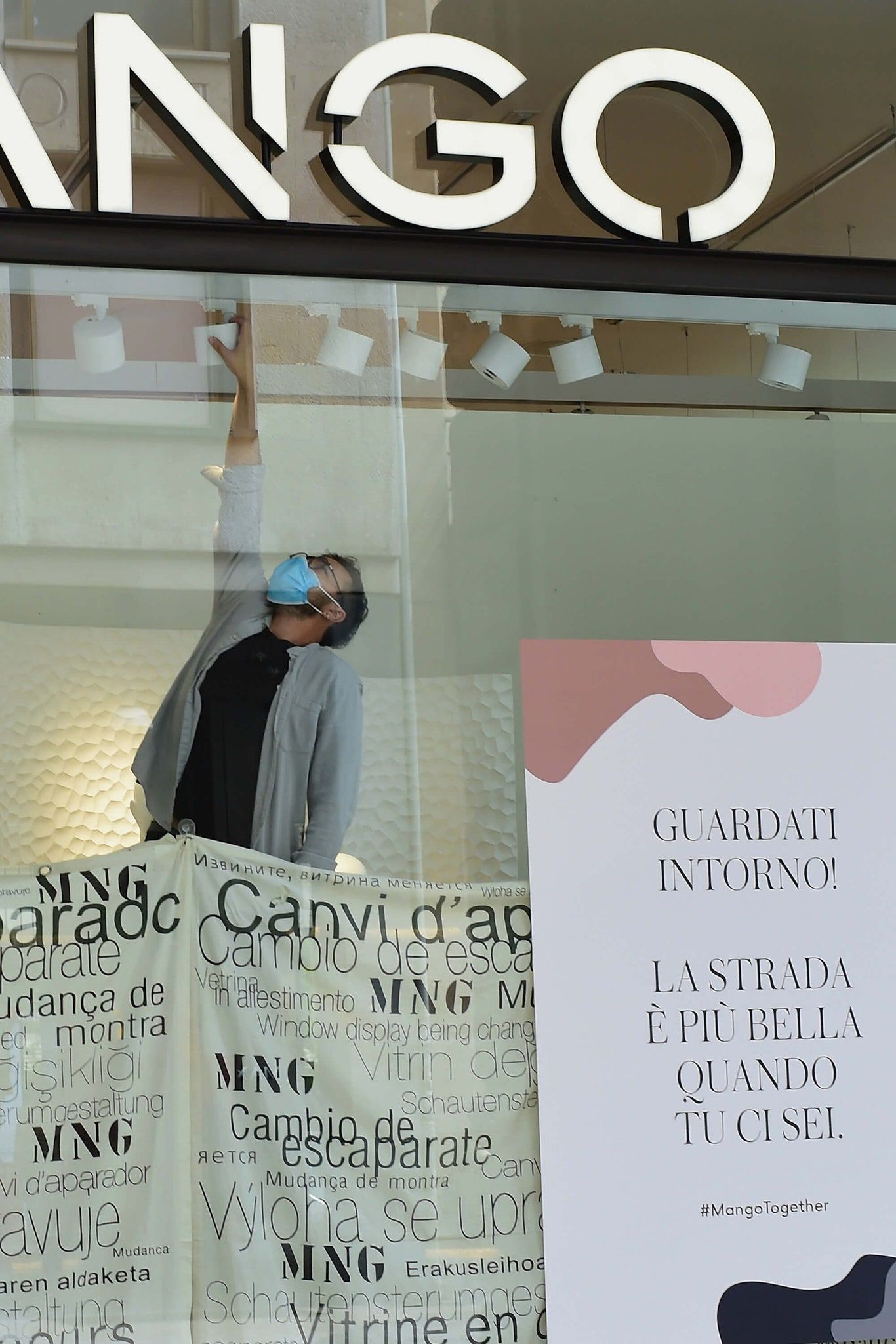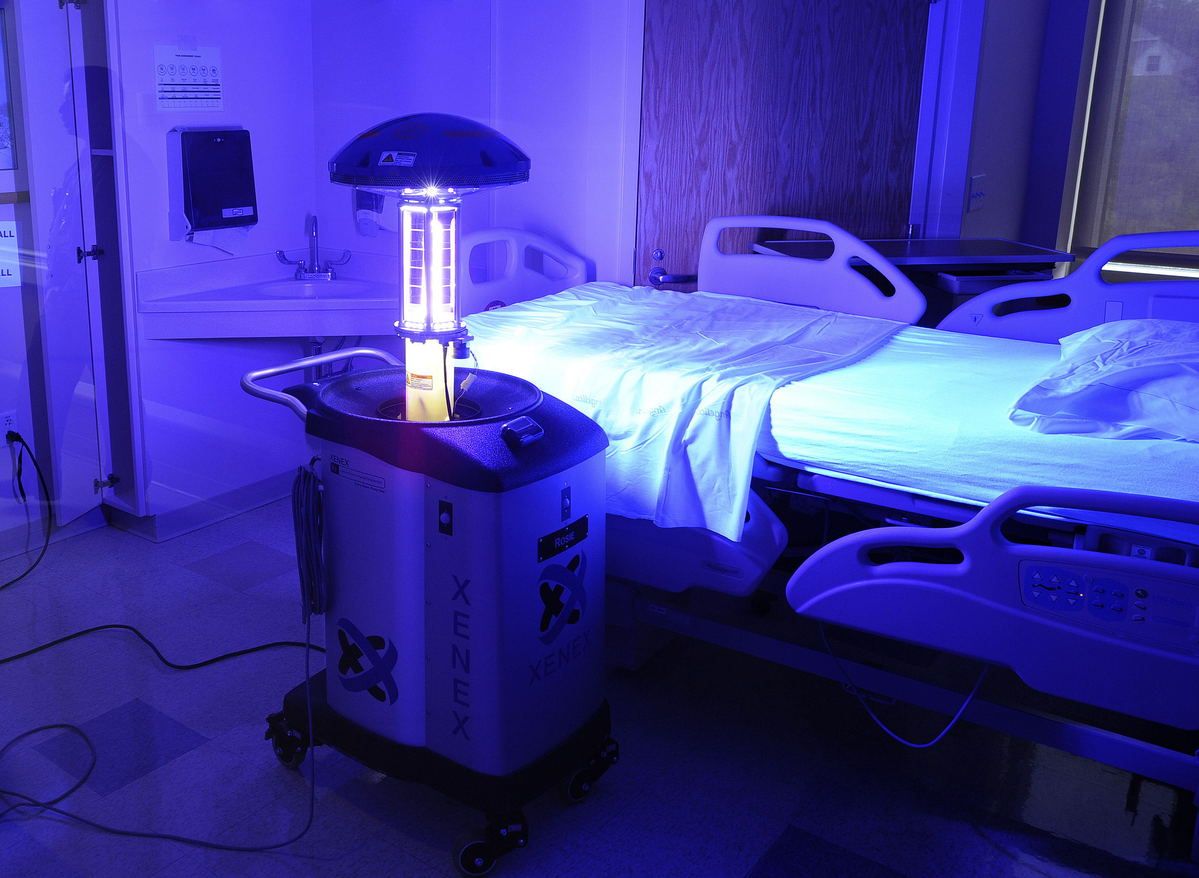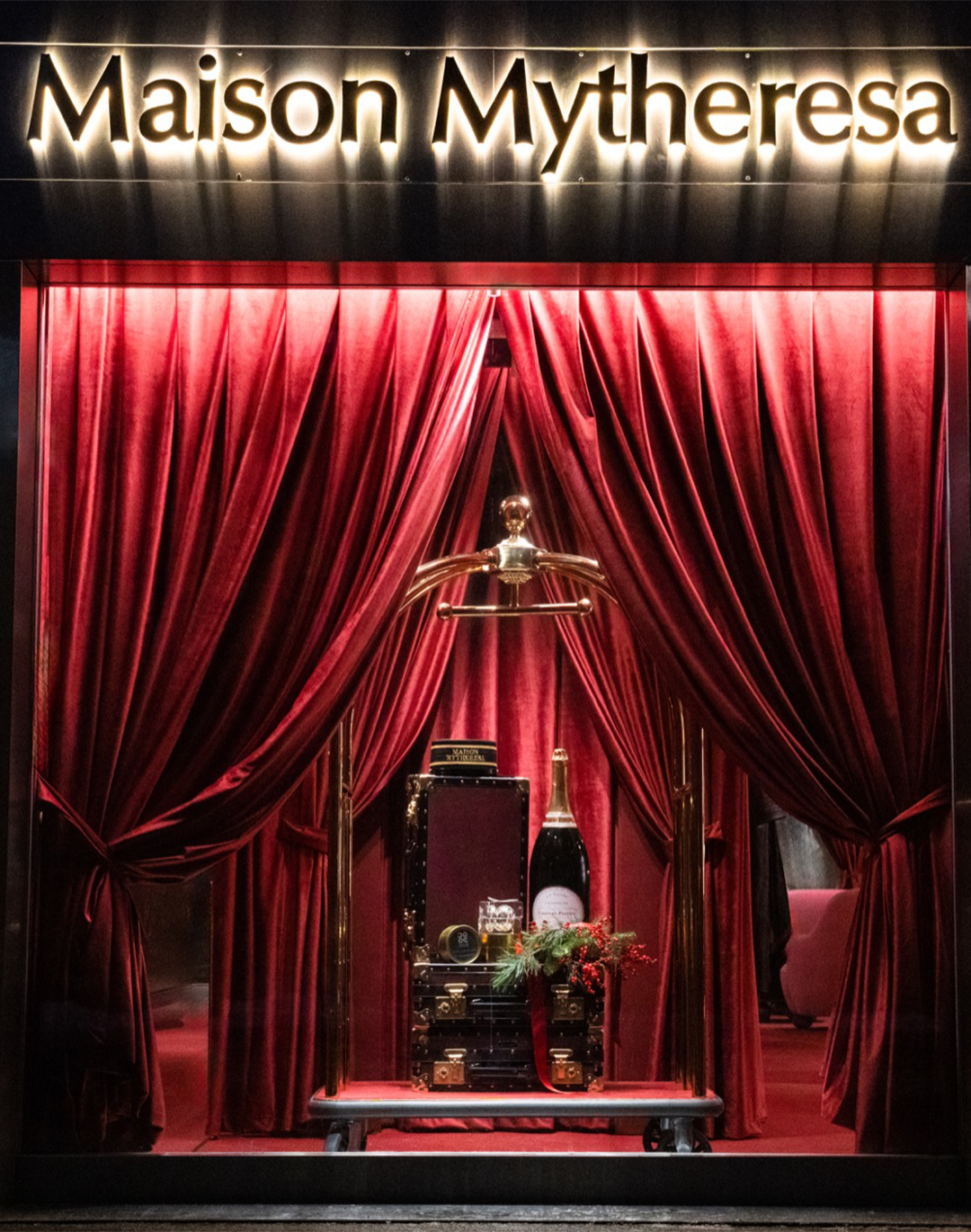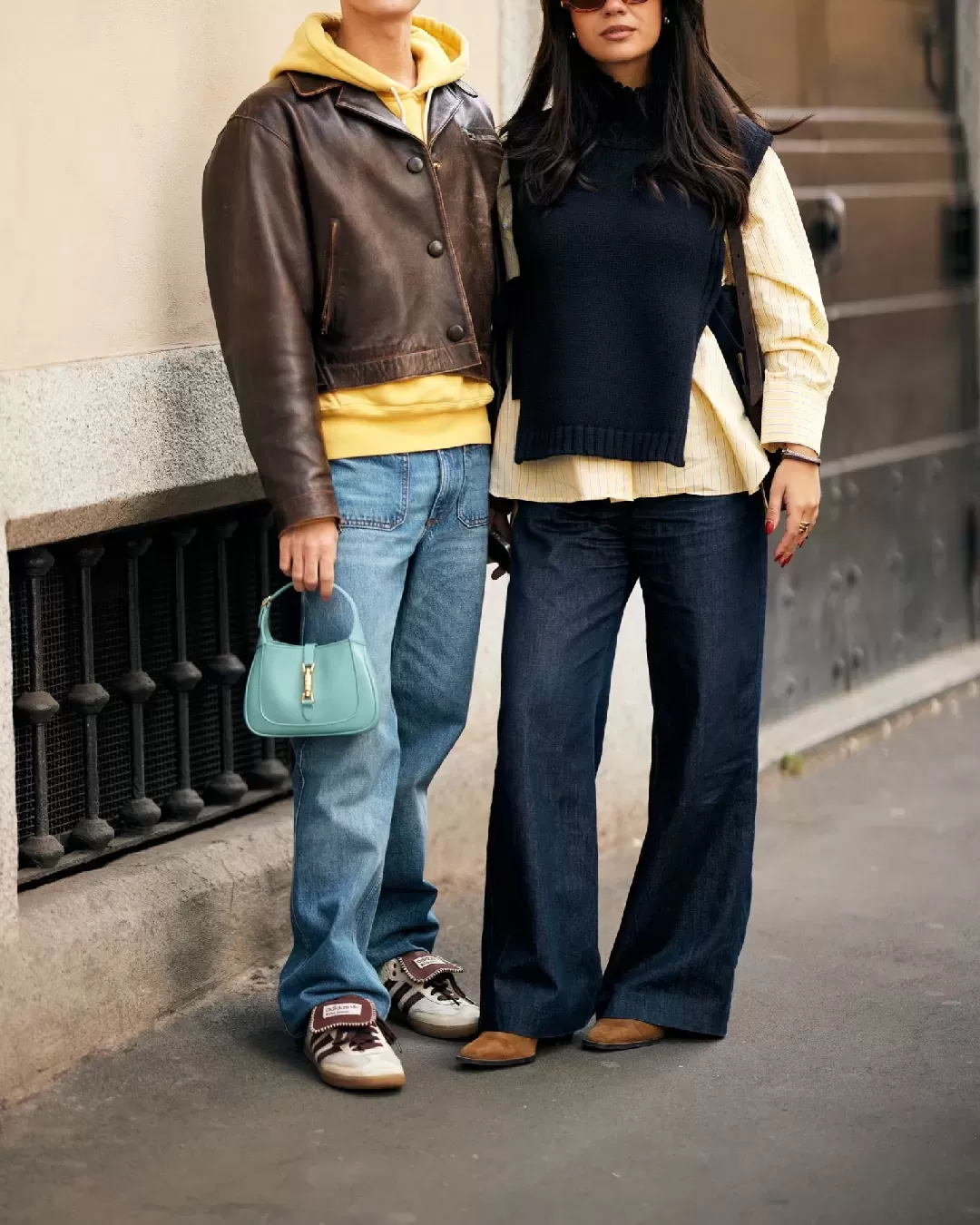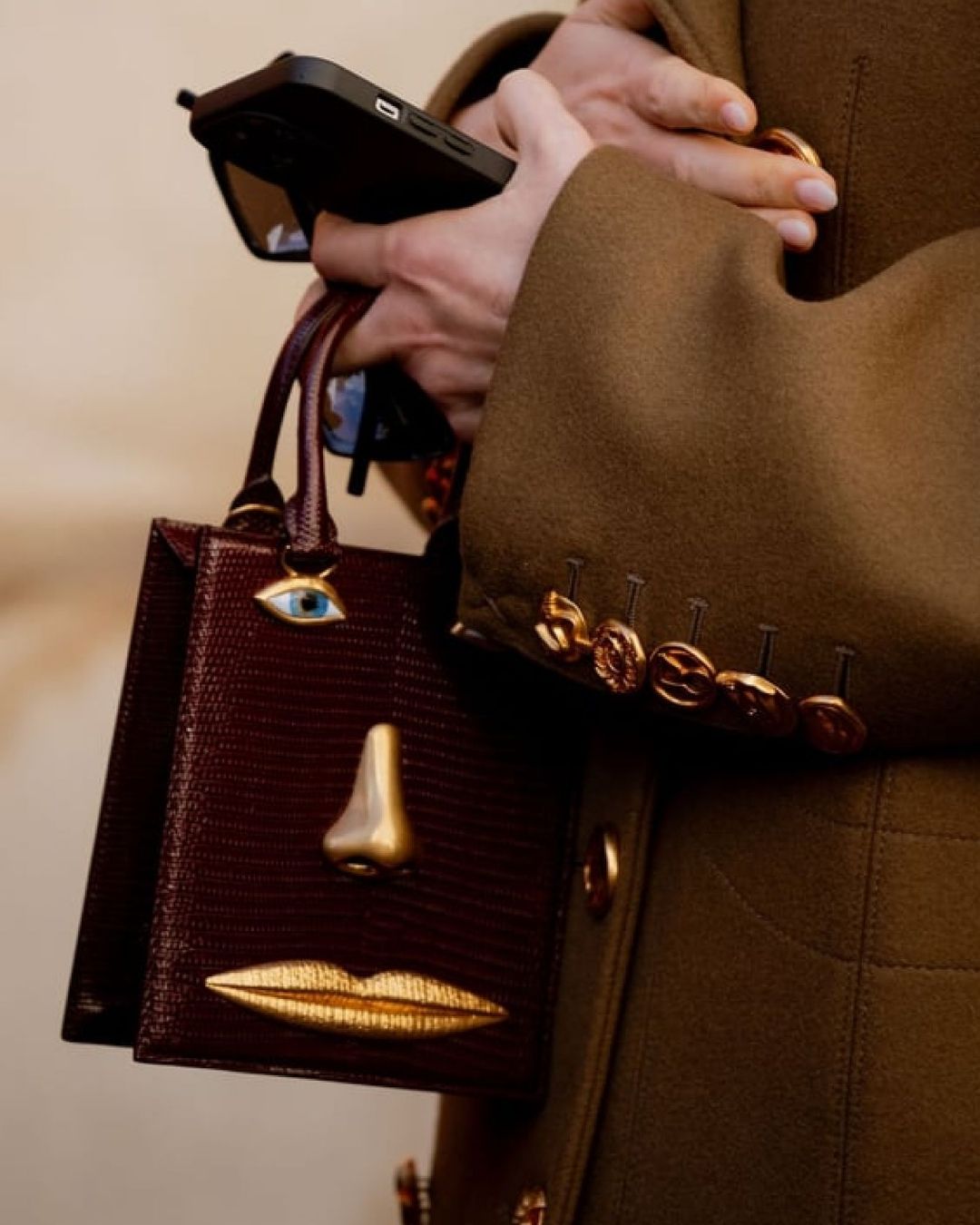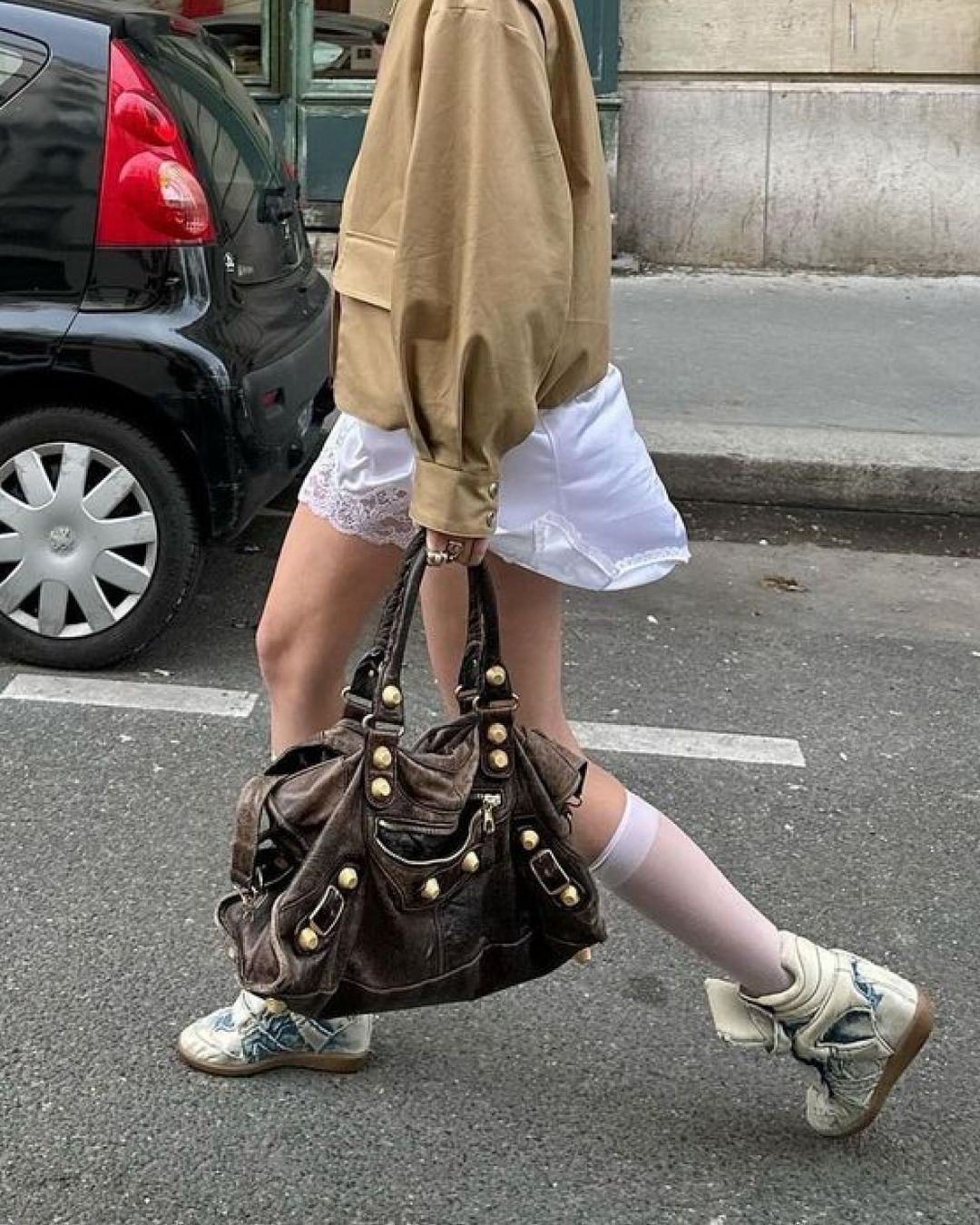
How do you sanitize clothes in stores? The problems and risks that retailers face
Now that the reopening is gradually beginning, it will be necessary to learn to live with the virus by implementing new health standards that minimize the risk of contagion in public places. What the new rules provide for, declined according to the various contexts, is in essence a continuous sanitization of environments and surfaces that are in addition to the rule of contiguous inputs and social space. In particular, clothing stores are critical as exposed clothes and dressing rooms can become a dangerous vehicle for infections and sanitization techniques are more difficult to apply than elsewhere. The use of chemical or alcohol-based disinfectants is excluded as it would ruin the clothes and would take a very long time for the dressing rooms. Two alternatives exist, but they are no less problematic than the others: ozone and UV rays.
Ozone is a method of sanitization which already knows many applications in both the field of disinfection of premises and the medical one and is already employed by specialized companies for the sanitization of cars. Ozone is a gas that acts well in saturation, so its use would be ideal in indoor environments such as those of shops. For dressing rooms, short-cycle ozone sanitizers could be used – which could disinfect a dressing room within 15 minutes. The same small-scale method or an ozone cabin could solve the question of the clothes to try. There are also machines, such as air purifiers and ozone generators, which already allow for continuous-cycle sanitization of environments. The problems of this technique lie mainly in the properties of ozone itself (which is not a properly said disinfectant) and in costs, which for ozone cabins for example range from 3000 euros and up, as well as in the potential toxicity of the gas in high concentrations that should be controlled through specific safety protocols. The purchase and installation of the equipment would also require not only additional costs for the shops, but also a slowdown in services that, in the long run, could affect earnings.
Another sanitization technique useful for stores could be that of UV rays. The sun's ultraviolet light consists of three types of rays. The first two, UVA and UVB, are the ones from which you protect yourself with the classic solar screens while UVC, stronger than the others, are filtered from the atmosphere and are the strongest and most lethal, capable of altering the genetic structure of living organisms – viruses and humans included. Scientific studies reported by the BBC have shown that the germicide action of this particular radiation kills the Covid-19 only at its maximum strength, with strong variations in energy depending on the shape and material of the object to be disinfected. Already in China ultraviolet has been used for the sanitization of public transport and hospital rooms and there are tools for irradiating small objects manually. The potential problem with this technique, however, is that it would require experts personnel as it takes only a few seconds of direct exposure to UVC to cause severe damage to the eyes, skin and all organic tissues in general. A malfunction or misuse could pose serious risks to both customers and store staff.
Both solutions are potentially effective, but they still require expensive equipment and procedures for shopkeepers, especially the smaller ones, who have therefore found themselves in difficulty. With regard to ozone specifically, then, the Ministry of Health stresses that it is not exactly a disinfectant (more than killing viruses "disables" them temporarily) and must be subjected to efficacy and safety tests against potential side effects from improper use or inappropriate concentration. Both ozone and UV techniques also require the use of specially trained and properly protected personnel – making their daily deployment even more complicated and expensive. It remains to be seen, therefore, which method will assert itself more and allow the many retailers in crisis in Italy to reopen their business.










































